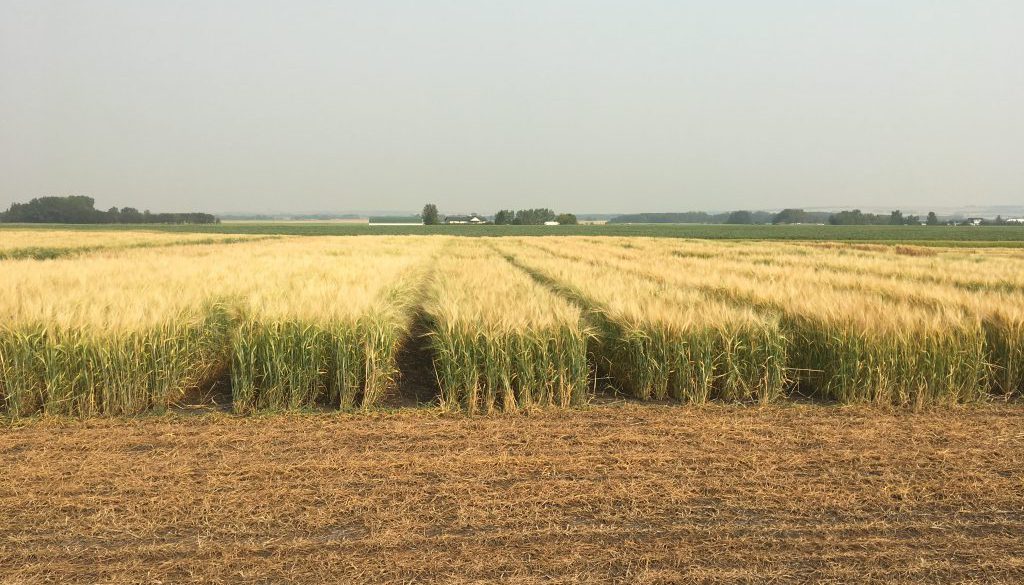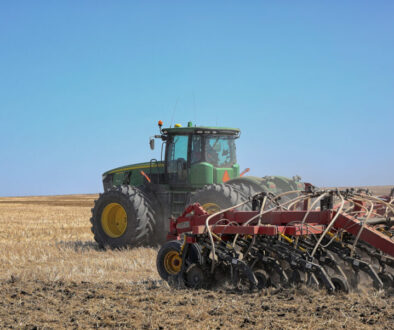Will Enhanced Agronomic Management of Specific Barley Varieties be Profitable?
By Mitchell Japp, MSc, PAg
Agronomy is often thought of in a broad sense, but each variety can respond differently to inputs. Recent work led by Dr. Sheri Strydhorst in Alberta identified some wheat varieties are quite responsive to intensive management, while others are more suited to a standard management regime. In one of the projects, Dr. Strydhorst found yield responses ranged from 6-17%.
Management and varieties may perform variably in different environments as well. Recent research from Amy Mangin and Dr. Don Flaten in Manitoba found nitrogen uptake requirements varied from 1.5-3.0 lbs/bu depending on where the wheat was grown. Some environments were relatively N efficient, while others required more N.
So far, there has been limited research in barley on variety specific management. But, this summer three new projects will increase our knowledge about how barley varieties can be managed in different environments and how they respond to more intensive management.
SaskBarley is working with several of the Agri-ARM sites to evaluate barley response to additional inputs across a range of environments.
The varieties include three malt and three feed varieties – AAC Synergy, AAC Connect, CDC Fraser, CDC Austenson, Claymore and Oreana. The first project includes treatments comparing nitrogen fertility under a standard versus enhanced rates, varied depending on the yield potential of the area. The second project compares the same varieties with and without a fungicide applied. The third project evaluates the variety response to a Plant Growth Regulator.
Keep tuned in to SaskBarley communications throughout the year for updates on these projects.
While not every location is growing each trial, each will be grown in a wide-range of environments, including East Central Research Farm (Yorkton), Indian Head Agricultural Research Foundation (Indian Head), Irrigation Crop Diversification Centre (Outlook), Northeast Agriculture Research Foundation (Melfort), Conservation Learning Centre (Prince Albert), Western Applied Research Corporation (Scott), and Wheatland Conservation Area (Swift Current).
This project is jointly funded by the Saskatchewan Ministry of Agriculture’s ADOPT program (Agricultural Demonstration of Practices and Technologies), which includes contributions from the Government of Saskatchewan and Government of Canada under the Canadian Agricultural Partnership and SaskBarley .





